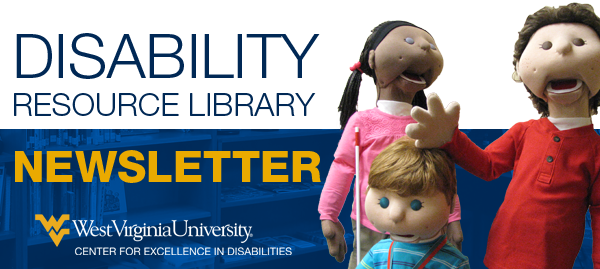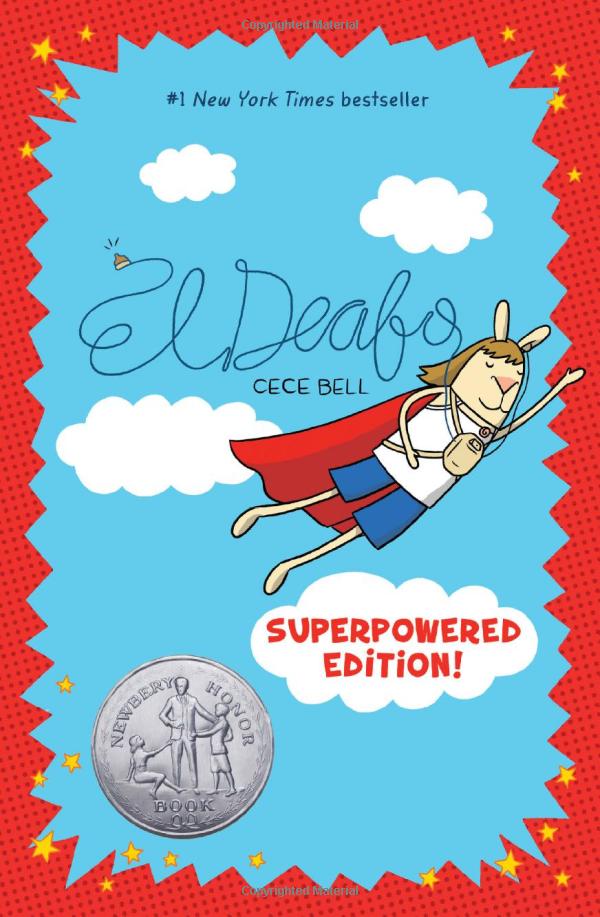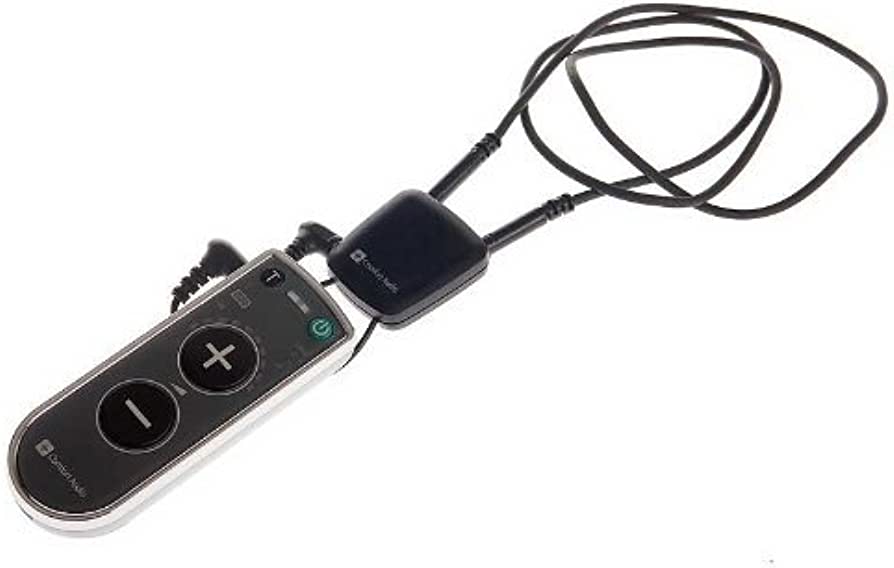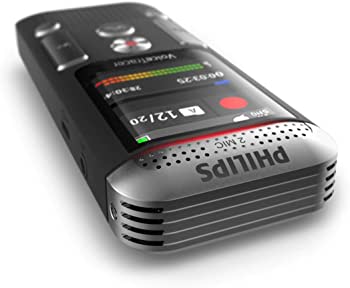
The National Institute on Deafness and Other Communication Disorders (NIDCD) joins the American Speech-Language-Hearing Association (ASHA) each May to raise awareness about hearing and speech related disorders by observing Better Hearing and Speech Month. Human connection begins with effective communication, and according to the U.S. Department of Health and Human Services, up to 15% of Americans experience hearing or other communication disorders with that number increasing up to 50% for those who are 75 and older. Communication and hearing disorders are recognized as a public health issue and can be co-occurring, meaning a person with a speech disorder could also have a hearing impairment and vice versa. Current research has helped to advance our understanding of hearing, voice, speech, and language disorders leading to improvements in diagnostic, treatment and prevention strategies.
Featured Resources
All featured resources are available to borrow from the DRL
Browse more resources.A Parent’s Guide to Developmental Delays: Recognizing and Coping with Missed Milestones in Speech
By: Laurie LeComer
Developmental delays affect millions of children each year, and often go undetected until an alert and caring parent recognizes there is a problem. In this book, Special Education Expert and consultant Laurie LeComer provides essential information for any parent with a child who might have cognitive, physical or emotional delays.
El Deafo

By: Cece Bell
Going to school and making new friends can be tough, but going to school and making new friends while wearing a bulky hearing aid strapped to your chest requires superpowers! In this funny and poignant graphic novel memoir, author/illustrator Cece Bell chronicles her hearing loss at a young age and her subsequent experiences with the Phonic Ear, a very powerful and very awkward hearing aid. The Phonic Ear gives Cece the ability to hear things she sometimes shouldn’t but it also isolates her from her classmates. She really just wants to fit in and find a true friend who appreciates her as she is. After some trouble, she is finally able to harness the power of the Phonic Ear and become “El Deafo, Listener for All.” With the use of her superpowers, Cece is able to declare a place for herself in the world and find the friend she has been longing for.
“El Deafo” was a New York Times Bestseller and named a 2015 Newbery Honor Book.
Featured Technology
To browse more technologies, click here.Comfort Duett with Neckloop

Comfort Duett is an easy-to-use hearing amplifier. Clever technology inside the Comfort Duett catches important sounds and sends loud, crisp audio.
Phillips Voice Tracer Digital Recorder with Dragon Software

Turn speech to text with speech recognition software. Record documents and notes on the move. Simply connect the recorder to your PC, transfer your files, and the included software will turn the speech into text.
Navigation Tips
Untreated hearing loss and/or speech disorders can result in feelings of isolation from one’s family or community. Additionally, untreated hearing loss for older adults is associated with an increased risk of dementia, cognitive decline, falls, depression and lower overall reported quality of life. Speech disorders and related conditions can affect people of all ages and can persist throughout adulthood. People with communication disorders can have difficulty with specific sounds and fluency, including stuttering. Through research funded by the NIDCD, approaches to treatment and prevention are more advanced than ever before, including therapy and access to assistive technologies.
Hearing Loss Prevention and Identification
- Protection equals prevention. Use ear protection during exposure to loud noises – for example, when shooting firearms, spectating fireworks or working around noisy machinery. Be sure to take periodic breaks from the noise!
- There is no treatment to restore natural hearing, so please take efforts to prevent loss
- A person can lose up to 50% of their hearing before the changes can be measured by a hearing test
- Give it the “shout test” – If you have to shout to be heard, you probably need noise cancelling ear protection
- Turn it down. Keep the volume below 60%, especially if you use personal audio devices
- Listeners who regularly use portable audio devices can expose themselves to the same level of sound in 15 minutes of music at 100 dB that an industrial worker would receive in an 8-hour day at 85 dB
- Listen up! If you experience hearing loss, ringing in the ears, pain or discomfort, ask your doctor to check your hearing
Additional resources for hearing and speech are available through West Virginia Assistive Technology System (WVATS), a program that helps residents of all ages and abilities by providing assistive technologies for loan or demonstration. Technologies include devices and tools to help with limitations associated with speech disorders and hearing loss! Learn more about WVATS and inquire about the demonstration or loan of a device.
Language Delays and Disorders
- Most common type of developmental delay in children, effects one out of five children
- Sometimes temporary as they can resolve on their own or with intervention
- Can be indicative of hearing loss, developmental delay in other areas, or autism spectrum disorder (ASD)
- Seek guidance from pediatrician who may make a referral to a developmental specialist or speech and language therapist
Child age 0 - 3: Referral to Birth to Three, a state-funded early intervention program that supports families and children in development.
Child age 3 and older: Referral to the public-school system. Staff will develop an Individual Education Plan (IEP) that will focus on academic success and provide some of the same services as the early intervention program.
Child’s Champion:
Cassaundra Corbett Miller, EdD, CCC/SLP
Cassie is a Speech Language Pathologist, Director of the WVU CED Feeding and Swallowing Clinic, Program Manager for the WV Leadership Education in Neurodevelopmental Disabilities (LEND) Program and an instructor in the Disability Studies Program at WVU. For the last ten years, Cassie’s professional focus has been on feeding assessment and intervention and clinical education. She strives to support every family in having enjoyable mealtimes together regardless of feeding challenges their children are facing because “almost every celebration or holiday in our culture includes eating and food”.
In one of her many roles at the CED, Cassie works as a clinical educator with trainees and students to learn how to support and advocate for children with feeding challenges. Students have the opportunity to work alongside Cassie, and with her direction and guidance, have first-hand clinical therapy experiences. Cassie has worked to expand the clinical experience to include students and other types of learners from a diverse background. The multidisciplinary construct of the clinic offers unique learning experiences for the students, family members and self-advocates that attend.
Cassie and the feeding team were recently recognized for collaborative practices and innovation by WVU Health Sciences, and she has presented her collaborative practice model nationally at the American Occupational Therapy Association Conference, the International Pediatric Feeding Disorders Conference and to other child and maternal health programs across the country.
“Growing up in Appalachia and seeing needs in my own community inspired me to stay in West Virginia and support rural families,” said Cassie. After working in early intervention services for over ten years, Cassie was determined to support children with feeding challenges in West Virginia and their families. Her goals for the next five to ten years include expanding the reach of the collaborative learning approach through coaching of other professionals, and to expand the Disability Studies Program at WVU to increase the reach of knowledge and advocacy for people with disabilities.
